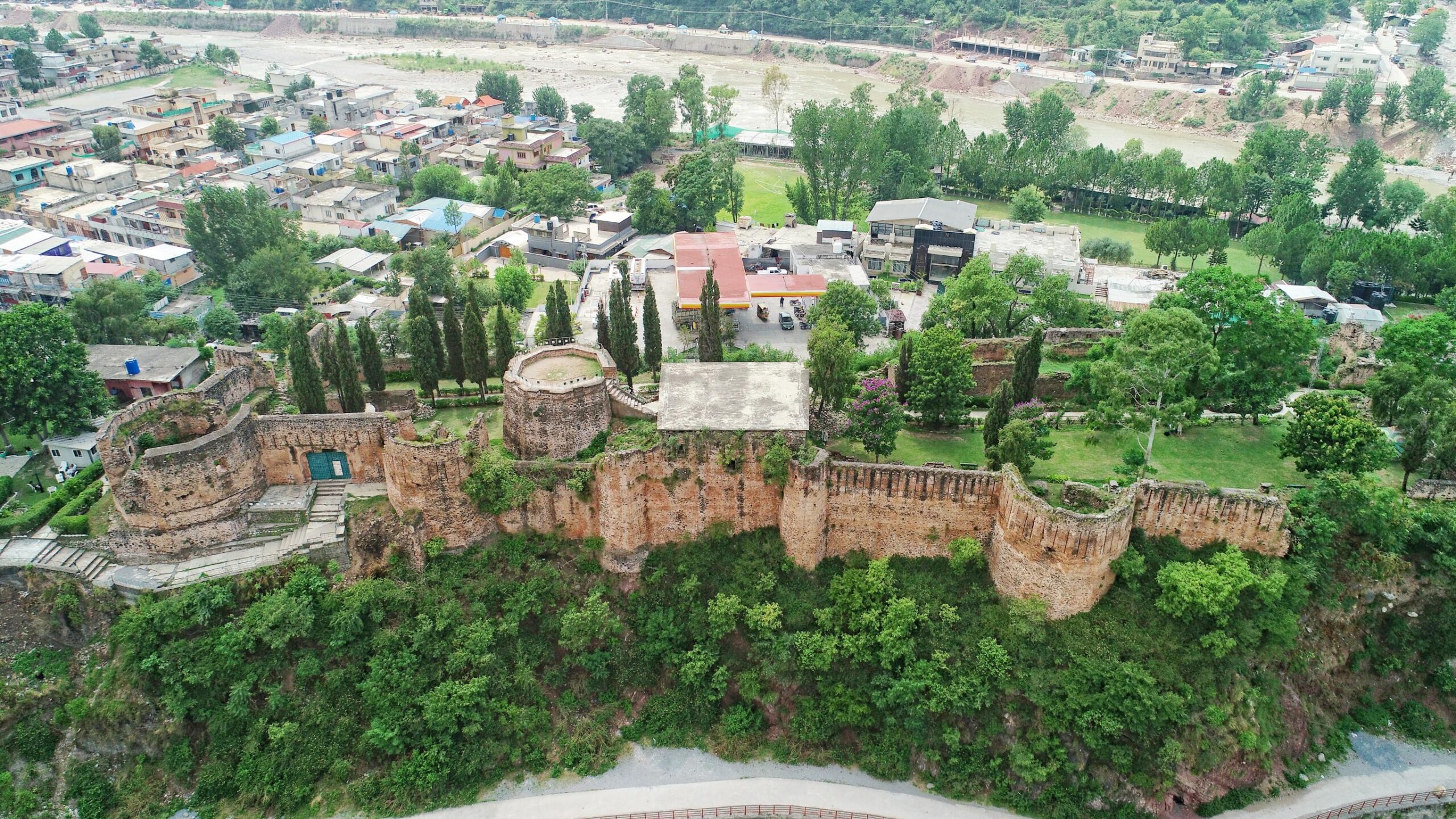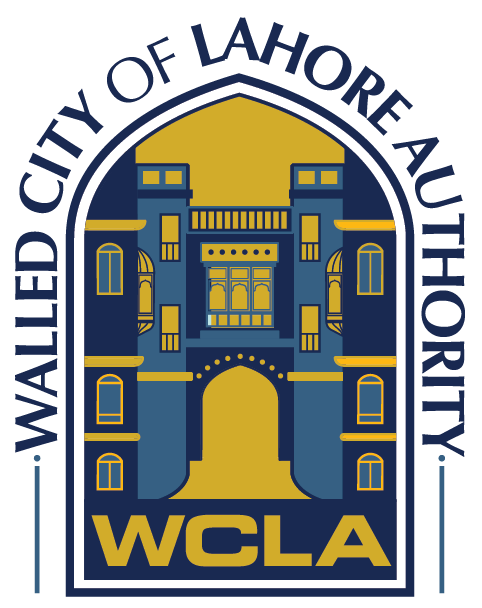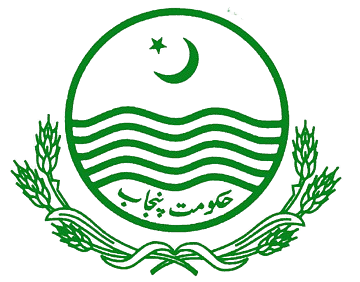Red Fort

The Red fort was built after the Chak rulers of Kashmir realized there was a potential threat to their city from the expansionist Mughals. The fort was thus built to serve as a raised defensive post that could be a staging ground for counter-offensives. A strategically important location was chosen for building the fort: a large rock which is surrounded by a U-shaped curve carved by the River Neelum which flows on its eastern, northern, and western sides. Initiated in 1559 during the reign of the Chak Dynasty, the fort was built to develop a second line of defense while at the same time providing cover to the Fateh Garh Fort in Dub Gali Pass, west of what is now the city of Muzaffarabad. But all of the rulers’ precautions could hold off the Mughal advance, and Kashmir was annexed in 1587 or so. When Emperor Akbar visited his newly-won domain, he chose this route to return to the Mughal capital as it was the easiest one. When he reached Chakrs Bahak (now, Muzaffarabad), he stayed there for a week and a royal travel lodge was built for future visits. The fort then lost its strategic importance and was forgotten until 1646 when Sultan Muzaffar Khan of the Bomba Dynasty — the founder of Muzaffarabad — repaired and completed the fort, using it as a military base. In 1846, Maharaja Gulab Singh of the Dogra Dynasty began repairs and an extension on the fort once again, and his successor Maharaja Ranbeer Singh completed it, giving it the form it had before it became a ruin. The fort was then used by the military till 1926, after which a new cantonment was built, leaving the Red Fort abandoned once again. The fort was to be conserved and needed attention after most of its relics were stolen and a large portion of it was destroyed during the 2005 earthquake.
The WCLA took supervision for the conservation of this project in which work included;
- Historical & Architectural Analysis of Existing Structure
- Conservation and Consolidation of Original Structures
- To Ensure Protection of Restored Historic Fabric and Structures
- Illumination
- Public facilities – Toilets
- E-Ticketing system, Signage / historic plaques
- Small museum in Hujras
- Establishment of Arts & Crafts Bazar (Phase – II)
- Fine Dine Restaurant (Phase – II)
- Establishment of a boutique hotel (Phase – III)





